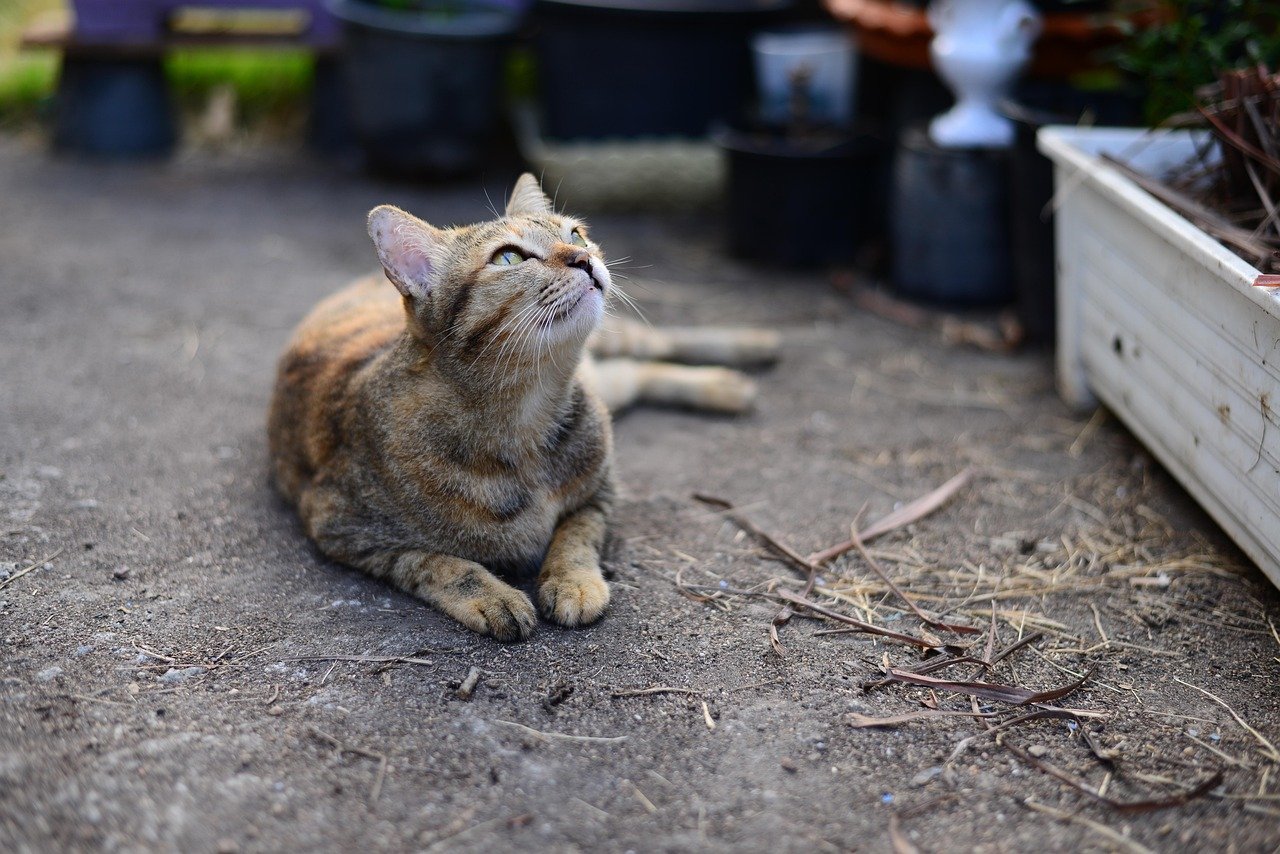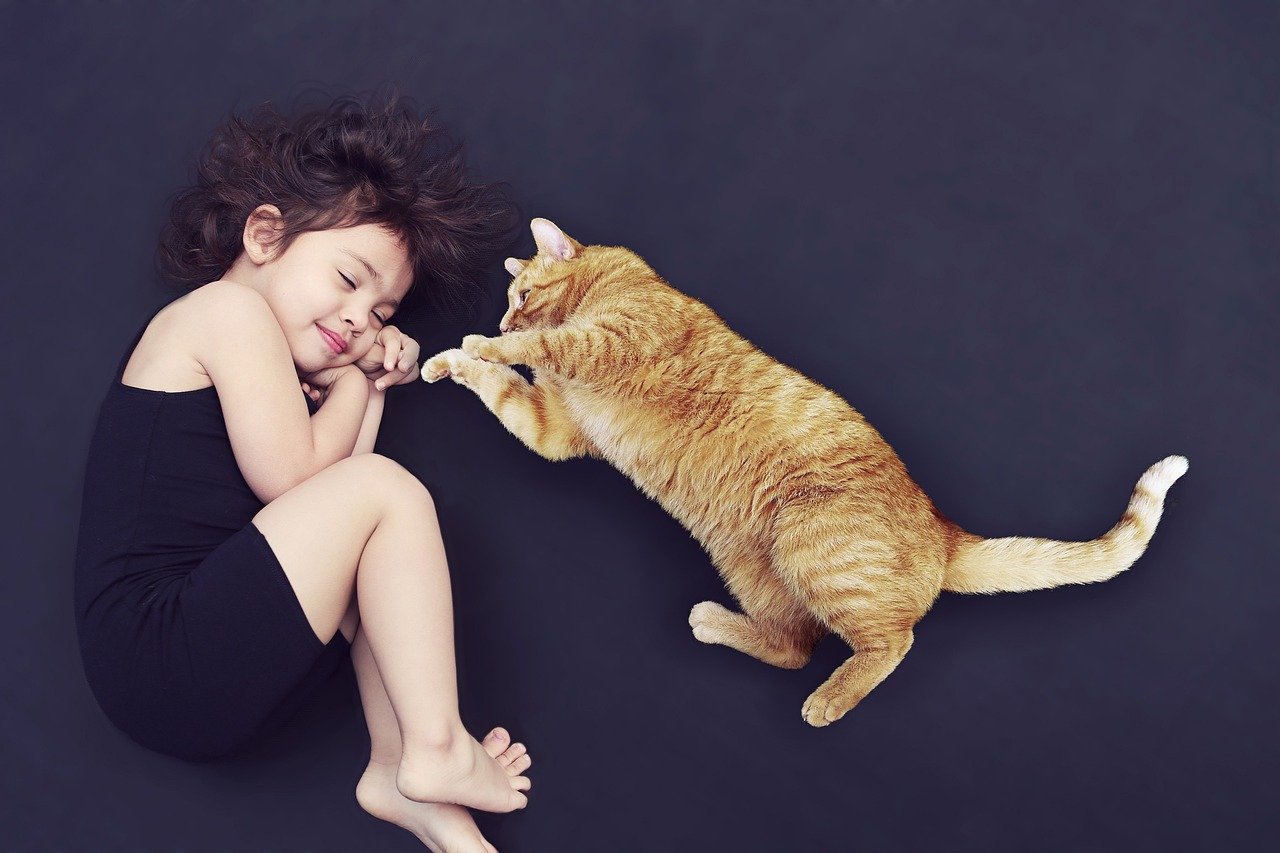Cats, those enigmatic creatures that have charmed humans for centuries, have a unique way of staying emotionally connected with their human companions. While they may not wag their tails or give sloppy kisses like dogs, their subtle gestures of affection are deeply meaningful. Understanding these behaviors can help strengthen the bond between you and your feline friend. Let’s explore the top ten things cats do to stay emotionally connected with us.
Purring: The Sound of Contentment

Purring is one of the most recognizable sounds a cat makes, and it’s often associated with a state of contentment. When a cat purrs, it’s not just a simple expression of happiness. It’s a complex communication tool that can also indicate comfort and relaxation. Cats often purr when they are being petted or cuddled, signaling a strong emotional connection with their owner. Interestingly, purring can also have a soothing effect on humans, creating a mutual sense of calm and well-being. This gentle vibration is a cat’s way of saying, “I feel safe with you.”
Kneading: A Throwback to Kittenhood

Kneading is a behavior that many cat owners find endearing yet puzzling. When cats press their paws into soft surfaces, they are often harking back to their days as kittens. This action mimics the way kittens knead their mothers to stimulate milk flow. For adult cats, kneading becomes a comforting ritual, often accompanied by purring. It is a sign of trust and affection, demonstrating that your cat feels secure in your presence. When a cat kneads on your lap, it’s their way of saying, “You remind me of home.”
Head-Butting: A Feline Affection Gesture
When a cat head-butts you, it might seem like a strange gesture, but it’s actually a significant mark of affection. Known as “bunting,” this behavior involves a cat pressing its head against you, transferring its scent onto you. Cats have scent glands on their heads, and by marking you with their scent, they are claiming you as part of their territory. This act of sharing scent is a profound way for cats to say, “You are part of my family.”
Following You Around: A Sign of Loyalty
If you have ever noticed your cat following you from room to room, it’s a sign of their devotion and desire to be near you. Cats are naturally curious creatures, and by shadowing you, they are expressing their interest in your activities. This behavior is not just about curiosity; it’s about companionship. By choosing to be where you are, your cat is communicating that your presence is comforting and important to them.
Slow Blinking: The Ultimate Cat Kiss
The slow blink is often referred to as the “cat kiss.” When a cat looks at you and slowly closes and opens its eyes, it’s a sign of trust and affection. In the feline world, prolonged eye contact can be perceived as a threat. However, when a cat blinks slowly, it’s conveying that it feels safe and relaxed in your company. By returning the slow blink, you can reciprocate this gesture of love and reinforce your bond.
Bringing Gifts: A Token of Affection
Cats are natural hunters, and bringing “gifts” is a behavior rooted in their instincts. While it might not be pleasant to find a dead mouse or bird at your doorstep, this offering is actually a sign of affection. By sharing their catch, cats are displaying their care and providing for their human companions. It’s their way of including you in their world and saying, “I care about you enough to share my catch.”
Grooming You: A Mutual Grooming Ritual
Cats are meticulous groomers, and when they groom you, it’s a profound sign of affection. Licking your skin or hair is a way for cats to strengthen their bond with you. This behavior is reminiscent of how cats groom each other within colonies, a practice that fosters social connections. By grooming you, your cat is treating you as part of its family, nurturing the emotional bond between you.
Displaying Their Belly: A Great Show of Trust

A cat showing its belly is one of the highest forms of trust it can offer. The belly is the most vulnerable part of a cat’s body, and exposing it means that the cat feels completely safe in your presence. While not all cats enjoy belly rubs, the act of showing their belly is a testament to the deep emotional connection they feel with you. It’s their way of saying, “I trust you with my life.”
Sleeping Near You: A Sign of Comfort
Cats spend a significant portion of their lives sleeping, and choosing to sleep near you is a strong indicator of their affection. Sleeping is a vulnerable state for cats, and by opting to rest close to you, they are expressing trust and comfort. Your presence provides them with a sense of security, reinforcing their emotional connection to you. It’s a silent affirmation, “I feel safe with you nearby.”
Vocalizing: Communicating with You
Cats are known for their wide range of vocalizations, each serving a different purpose. When your cat meows, chirps, or trills at you, it’s trying to communicate and connect. While some vocalizations might signal needs like hunger, others are simply a way for cats to engage with you. Each meow is unique to the cat and often tailored to the individual it is addressing. Through vocalization, cats maintain an ongoing dialogue, ensuring the emotional bond remains strong.
In conclusion, cats have a myriad of subtle yet profound ways to stay emotionally connected with their human companions. By understanding these behaviors, cat owners can better appreciate the deep bond they share with their feline friends. Embracing and reciprocating these gestures can lead to a fulfilling and harmonious relationship, enriching the lives of both cats and humans.
Hi, I’m Bola, a passionate writer and creative strategist with a knack for crafting compelling content that educates, inspires, and connects. Over the years, I’ve honed my skills across various writing fields, including content creation, copywriting, online course development, and video scriptwriting.
When I’m not at my desk, you’ll find me exploring new ideas, reading books, or brainstorming creative ways to solve challenges. I believe that words have the power to transform, and I’m here to help you leverage that power for success.
Thanks for stopping by, Keep coming to this website to checkout new articles form me. You’d always love it!






